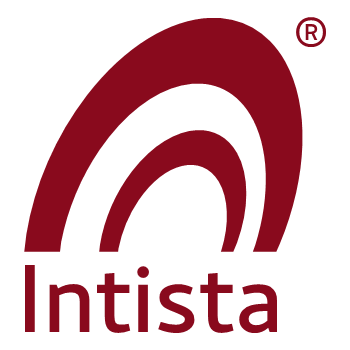
Assisted Living - Client Confidential
A Texas based multi-location Assisted Living business decided too much money was walking out the door with other service providers. The company hired our Integration Lead to help target, plan, assess, acquire, and ultimately integrate several related healthcare service businesses. The timing of the various business acquisitions was spaced out over three years to include
- Palliative Hospice care
- Physical/Occupational Therapy
- Doctor House Calls
- Home Health business serving both internal Assisted Living residents and external patients.
Business Model
The objective was to maintain the rapid expansion of acquiring additional Assisted Living locations across Texas at the same time gradually adding additional services to provide more complete care options for those Residents. The plan involved a long-term strategy of creating a single Holding Company which would have the Executive Management team covering all the separate operating businesses that were acquired, while migrating all clinical and business operations to the same IT, payroll, pharmacy, med administration and patient history tracking systems.
The two primary operational model options were a typical “Make vs Buy” analysis, so each potential target was assessed to understand how they operate and what technology was being used. To avoid overpaying for an existing business, the client looked for underperforming / underutilized turnaround potentials. This created a similar ramp up / high growth integration opportunity regardless of whether an existing business was acquired or if it was deemed less expensive to build it from scratch (which was the case for the Physical Therapy business).
Integration
A separate integration plan was created for each type of business that either immediately migrated to the new configuration, or kept on legacy systems for an extended period, or held a mixture of migration and legacy since this was a significant expansion of the types of services offered by the enterprise. Each business integration was completed serially in about 5-8 months spanning a total of 3 years until the entire enterprise Org Chart was fully filled in. The Home Health business was acquired as a turnaround situation to initially be geographically constrained for focus and ultimately expanded to other large cities around Texas.
Sales was reorganized to cross sell all offerings, even when specialized marketing relationships were essential to gain access to the sales pipeline sources. To achieve further cost-saving synergies, all purchasing was coordinated with common vendor supply chains to get the most favored nation status (i.e., best price and delivery). One of the most significant problems was staffing (which is a common theme in healthcare) further exacerbated by the rapid expansion during COVID and post-COVID. As scale increased, the total enterprise was able to offer employee benefits unmatched by smaller competitors. This allowed staff retention to increase while additional hiring occurred for further expansion.
Because all the enterprise Org Chart was planned from the start with the end game in mind, integration was completed with no overlaps or redundancy in roles. Many staff worked common functions across several of the companies (which had been a previous limitation for growth in the individual company’s pre-acquisition). A primary integration objective was to retain all key employees to serve somewhere within the businesses, so all employees’ career achievements and career objectives were reviewed to see which employees could be reassigned to new roles. In all but two cases, these key employees identified with the opportunity of joining a much bigger enterprise while maintaining some of the agile culture that enabled their original companies to operate.
